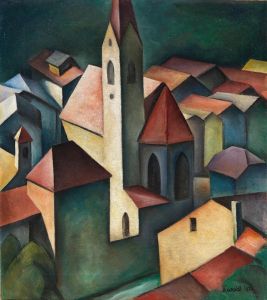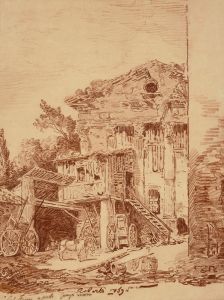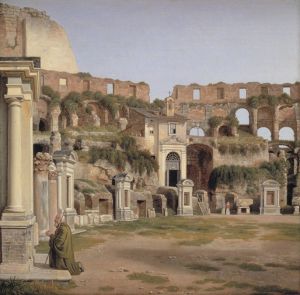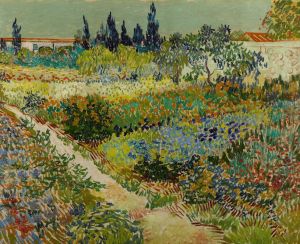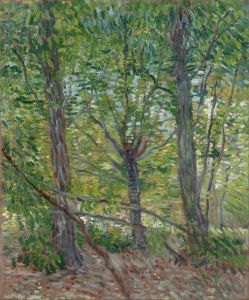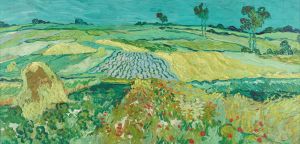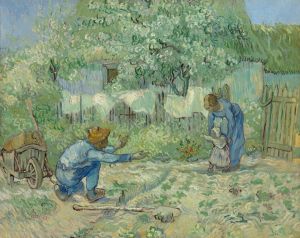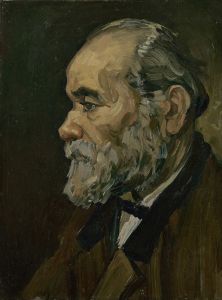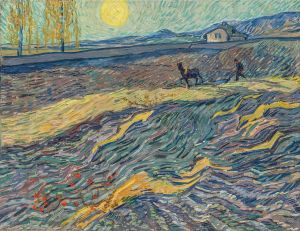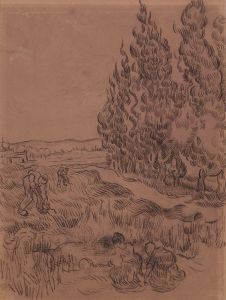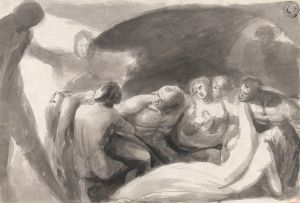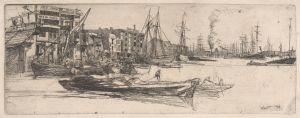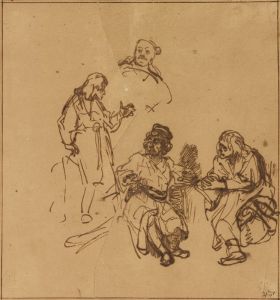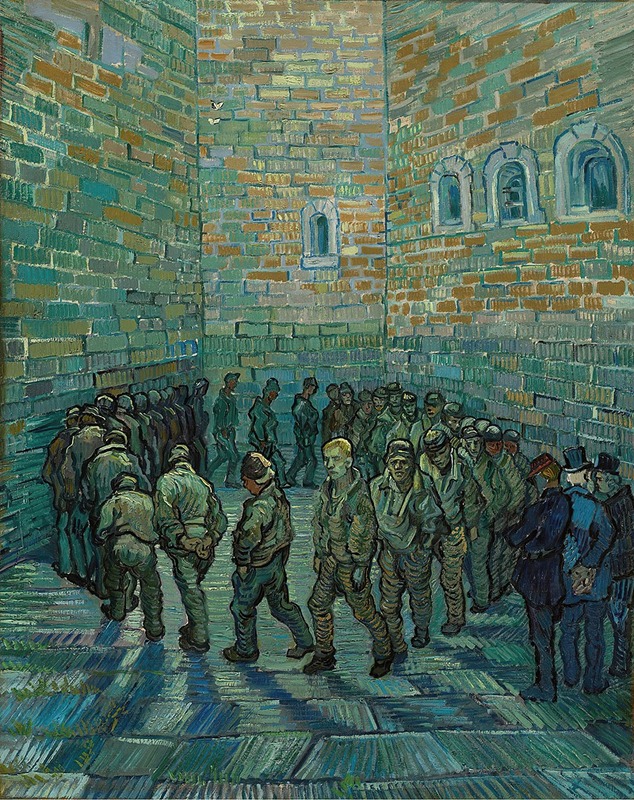
The Prison Courtyard
A hand-painted replica of Vincent van Gogh’s masterpiece The Prison Courtyard, meticulously crafted by professional artists to capture the true essence of the original. Each piece is created with museum-quality canvas and rare mineral pigments, carefully painted by experienced artists with delicate brushstrokes and rich, layered colors to perfectly recreate the texture of the original artwork. Unlike machine-printed reproductions, this hand-painted version brings the painting to life, infused with the artist’s emotions and skill in every stroke. Whether for personal collection or home decoration, it instantly elevates the artistic atmosphere of any space.
The Prison Courtyard is an oil painting created by Dutch artist Vincent van Gogh in February 1890 during his stay at the Saint-Paul-de-Mausole asylum in Saint-Rémy-de-Provence, France. The painting is also known as The Prisoners' Round (Les Rondes des Prisonniers) and is considered one of Van Gogh's most striking works from his late period.
The artwork depicts a group of prisoners walking in a circular formation in a confined prison courtyard, surrounded by high, oppressive stone walls. The scene is based on an engraving by Gustave Doré titled Newgate: The Exercise Yard, which Van Gogh adapted and reinterpreted in his own style. While Doré's original engraving was a black-and-white depiction, Van Gogh infused his version with his characteristic use of color and dynamic brushwork, creating a more emotionally charged atmosphere.
The painting is notable for its somber tone and psychological depth. The figures of the prisoners appear faceless and anonymous, emphasizing their isolation and despair. The circular motion of the prisoners, combined with the towering walls, creates a sense of entrapment and monotony. Some art historians have interpreted the work as a reflection of Van Gogh's own feelings of confinement and mental struggle during his time in the asylum, though such interpretations remain speculative.
Van Gogh's use of color in The Prison Courtyard is subdued compared to his other works, with a palette dominated by blues, greens, and grays. This choice enhances the bleak and oppressive mood of the scene. The painting also demonstrates Van Gogh's interest in exploring themes of human suffering and resilience, which are recurrent in his body of work.
Today, The Prison Courtyard is housed in the Pushkin State Museum of Fine Arts in Moscow, Russia. It remains an important example of Van Gogh's ability to transform existing imagery into deeply personal and expressive art.






